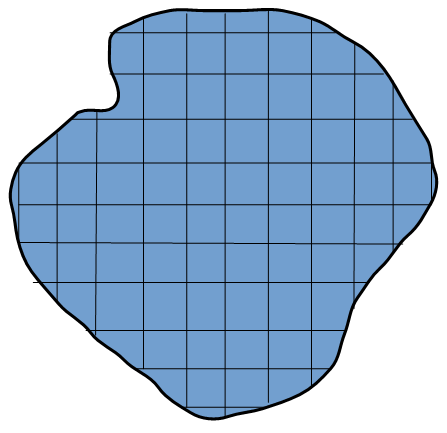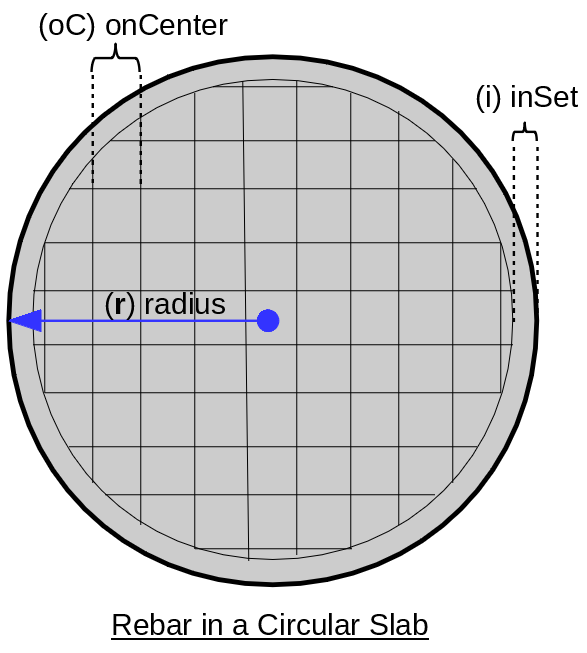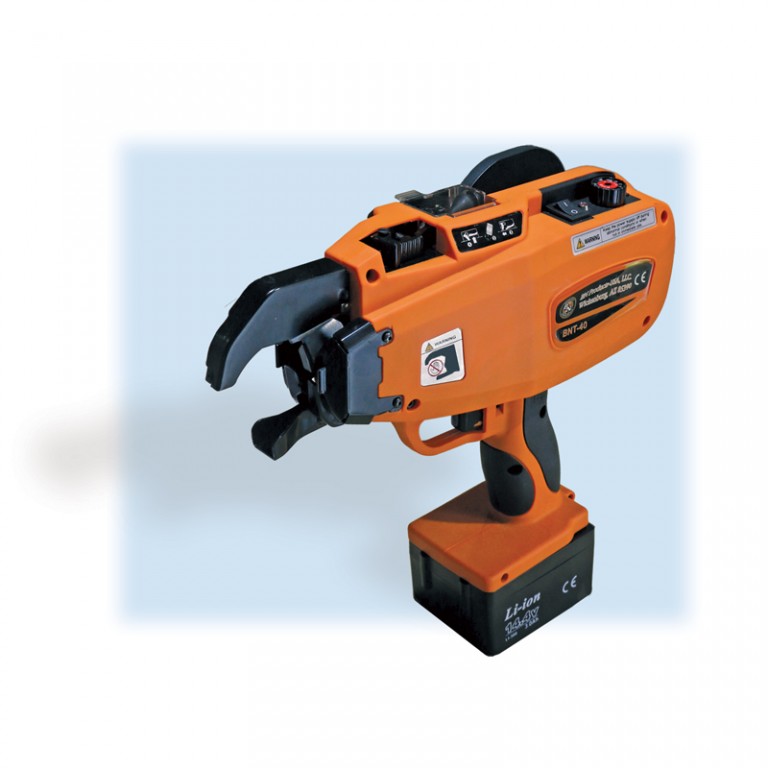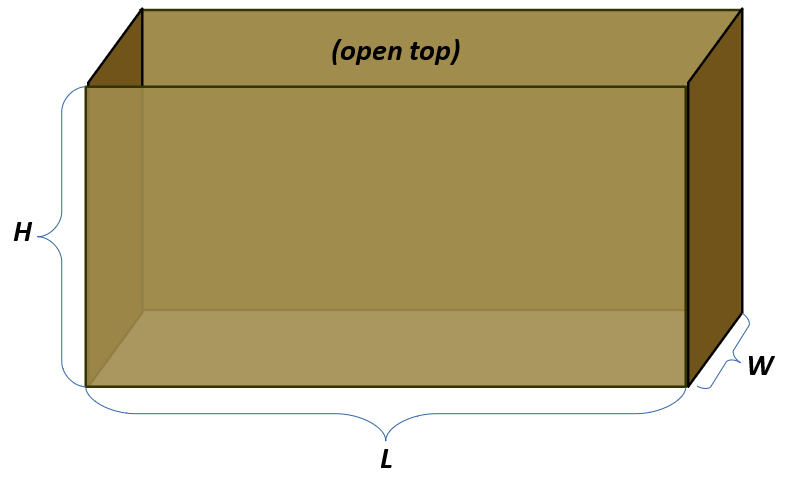The Rebar Calculator contains equations and data used in working with reinforcement bars (rebar) in concrete slabs. The formulas calculate materials needed for rectangular, circular and irregular shaped slabs.  (para español, HAGA CLIC AQUÍ) .
(para español, HAGA CLIC AQUÍ) .
Reinforcement Bar (rebar) Functions

- Length of Rebar in Grid
- Weight of Rebar in Grid
- Rebar in a Wall
- Rebar in an Irregular Shaped Slab
- Rebar Around Irregular Shape
- Rebar in a Circular Slab
- Rebar Lapping Length
- Rebar Cost Estimate
- Weight of any Length of Rebar
- Concrete Displaced by Rebar
Rebar Function Details
- Length of Rebar in Grid: The user enters the dimensions of the slab (Length and Width), the onCenter spacing of the rebar and the inset from the edge of the slab for the rebar grid. The user can also enter lapping factors: length of uncut rebar, rebar size and a lapping factor. The formula returns the total length of rebar needed to build such a grid (see diagram above).
 Rebar in Irregular Shaped slab.
Rebar in Irregular Shaped slab.
- Weight of Rebar in Grid: The user enters the dimensions of the slab as in the Length of Rebar in a Grid formula (above), and selects a size of rebar (see table). The formula calculates the total length needed for the grid and applies the weight measurement for the specified rebar size to provide the Total Weight of the Rebar Grid.
- Rebar in a Wall: This lets the user enter the dimensions of a wall and rebar specifications and computes the length and weight of rebar, the volume of concrete, and/or the surface area of the forms for a concrete wall.
- Rebar in an Irregular Shaped Slab: This function computes the length and/or weight of rebar in an irregular shaped slab based on the spacing and the rough area and perimeter of the slab.
- Rebar in a Circular Slab: This computes the length and/or weight of rebar in a circular slab based on the spacing and the radius of the slab.
- Rebar Lapping Length: This computes the length of rebar lapping based on the size of rebar and a lapping factor. The size is used to set the rebar diameter.
- Rebar Cost Estimate: This computes the estimated cost of rebar based on the total length of rebar, the length of the pieces (rebar sticks) and the per piece (stick) price. See Rebar Pricing below.
- Weight of a Length of Rebar: This lets the user enter any length and select a size of rebar. It then returns the weight of that length of rebar.
- Concrete Displaced by Rebar: This computes the net weight added to a slab by including rebar. It also computes the amount of concrete displaced by rebar in a slab. The users enters a length of rebar and its size. This computes the volume of concrete displaced and the net weight change since rebar is heavier than concrete.
 BNT-40 Automatic Rebar Tier
BNT-40 Automatic Rebar Tier
General Rebar Information
Rebar is short for reinforcing bar. Rebar is a roughly circular steel bar with ribs used to provide added tensile strength to concrete structures. Rebar is put in place before concrete is poured. When the concrete has hardened, the concrete around the rebar ribs keep the rebar in place. Rebar and concrete expand similarly with temperature variations. This all has the net result of substantially added tensile strength when rebar is part of the concrete form. Carbon steel is the most commonly used material for rebar, which may also be coated with zinc or epoxy resin.
Rebar is laid out in grids, crisscrossed patterns of rebar, tied at the intersections where runs of rebar touch. The grids have spacing between the rebar rows, and they are placed within the concrete form by a specified inset from the edge of the concrete. Multiple parallel grids, at uniform space intervals, are referred to as rebar mats.
Rebar Terms
- Rebar - reinforcing steel bar.
- Stick - one length of rebar. In the U.S., the most common lengths of rebar sticks are 20', 40' and 60'.
- Lapping - when two sticks of rebar are overlapped and bound together.
- Lapping Factor - the multiple of a rebar diameter used to specify appropriate rebar lapping length.
- Mat - a crisscross grid of rebar sticks. There may be more than one mat with space in between mats.
- Size - the indicator of the diameter of rebar sticks. Note: guage is not a correct term for rebar.
Rebar Size
In the United States, rebar sizes are in increments of 1/8th inches in diameter. Therefore, size 4 is 4/8th of an inch, which is 1/2", and size 8 is a full inch in diameter. Based on this and the density of steel used in rebar, the Rebar Size Table contains reasonably accurate specifications of rebar linear weight and lateral (face) area based on rebar size.
Rebar Lapping

The most common lengths of pre-cut rebar in the United States are 20`, 40' and 60'. These are known as rebar sticks. When the dimensions of a slab, wall or other form exceed the length of a single stick of rebar, it is required to rebar lapping length. The length of the lap is specified by a "Lapping Factor (LF)" which is often 40 or 60 times the diameter of the rebar. Engineering specifications of a lapping factor should always be applied.
Rebar Tools
A class of rebar tools, both powered and manual, have been developed to aid construction workers in working with rebar. These include the following:
- Rebar Cutters are used to cleanly and safely cut sections of rebar.
- Rebar Benders are used to bend rebar sticks precisely to fit into concrete forms.
- Rebar Tiers are used to tie rebar grid intersections and for rebar lapping.
Forms
The Rebar in a Wall function also computes the size of the forms. Concrete forms are a vital part of construction. The Form Area of Concrete Wall function in this calculator helps compute the amount of plywood or OSB needed to construct the forms. It give you the choice of specifying whether you want to compute:
- One Side: This is just the face of one side of the form.
- Two Sides: This is the face of both sides of the form.
- Two Sides and Edges: This is the most common amount of plywood needed to build a form. It entirely encloses the volume to be poured. Plywood Forms for Concrete

Rebar Calc in Spanish
The Rebar Calculator is now available in Spanish. It has Spanish language descriptions, labels and diagrams and it also has default units in the metric system (SI). The lengths are in meters and centimeters, the areas are in square meters, the volumes are in cubic meters, and the weights are in kilograms and metric tons.
Calculadora de Barras de Refuerzo
Rebar and Slab Calculators:
- Rebar Calculator (Spanish Version: Calculadora de Barras de Refuerzo)
- Weight of Any Volume of Concrete
- Rebar and Concrete Volume and Weight in a Slab
- Rebar Weight
- Length of Rebar needed for a slab.
- Weight of Rebar in a slab.
- Weight, Volume of Concrete and Surface Area of a Concrete Slab
- Surface Area of a slab
- Surface Area of Concrete Forms.
- Volume of Concrete in a slab.
- Water Needed for Concrete
- Rebar and Concrete in a Slab
- Length of Rebar in Grid
- Weight of Rebar in Grid
- Rebar in a Wall
- Rebar in an Irregular Shaped Slab
- Rebar in a Circular Slab
- Rebar Lapping Length
- Rebar Cost Estimate
- Weight of Length of Rebar
- Concrete Displaced by Rebar
- Total Weight of a Slab with Rebar